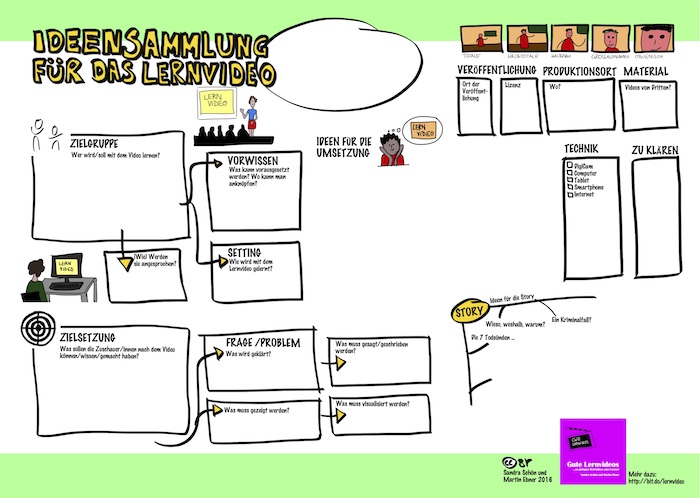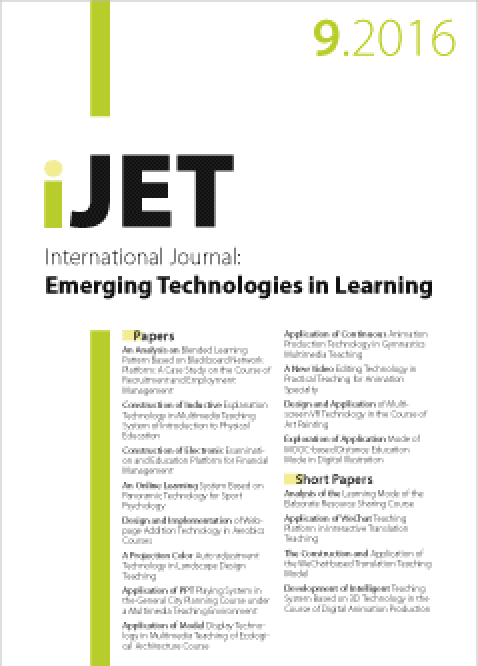Our chapter on „How OER Enhances MOOCs—A Perspective from German-Speaking Europe“ got published as part of the book Open Education: from OERs to MOOCs.
Abstract:
In this chapter, we discuss why OER and MOOCs are a necessary and pow- erful combination, especially in German-speaking Europe. We begin with an introduc- tion to open online courses and an overview of copyright law in Germany and Austria. We then describe the evolution of OER MOOCs in Austria and Germany, especially the development of two MOOC platforms. Finally, we present examples of the impact of OER on MOOCs to conclude that an approach combining OER and MOOCs can be very valuable to foster new and innovative didactical approaches as well as future education.
[Full chapter @ Springer]
[Draftversion @ ResearchGate]
Reference: Ebner, M., Lorenz, A., Lackner, E., Kopp, M., Kumar, S., Schön, S., Wittke, A. (2016) How OER enhance MOOCs – A Perspective from German-speaking Europe. In: Open Education: from OERs to MOOCs. Jemni, M., Kinshuk, Khribi, M. K. (Eds.). Springer. Lecture Notes in Educational Technology. pp. 205-220


